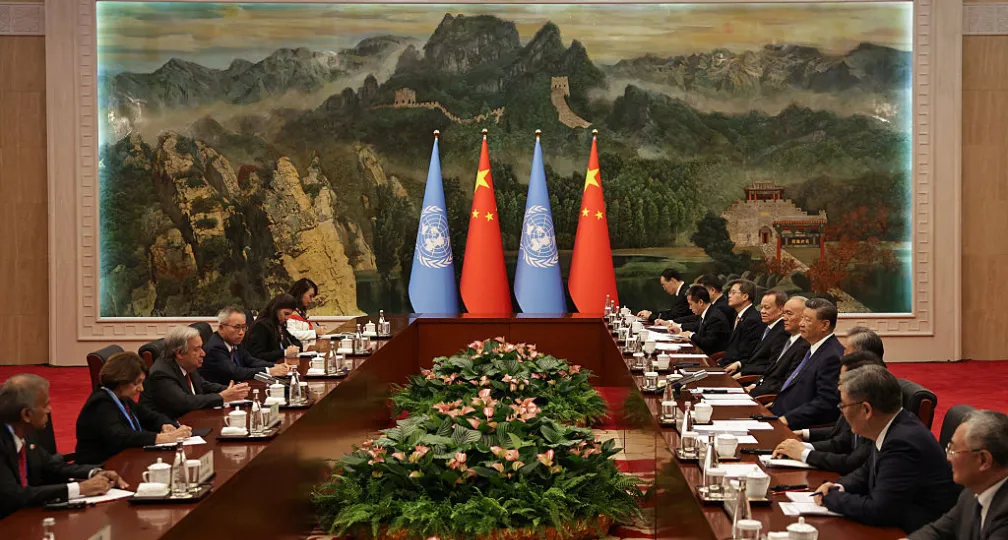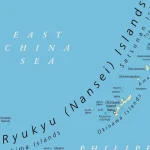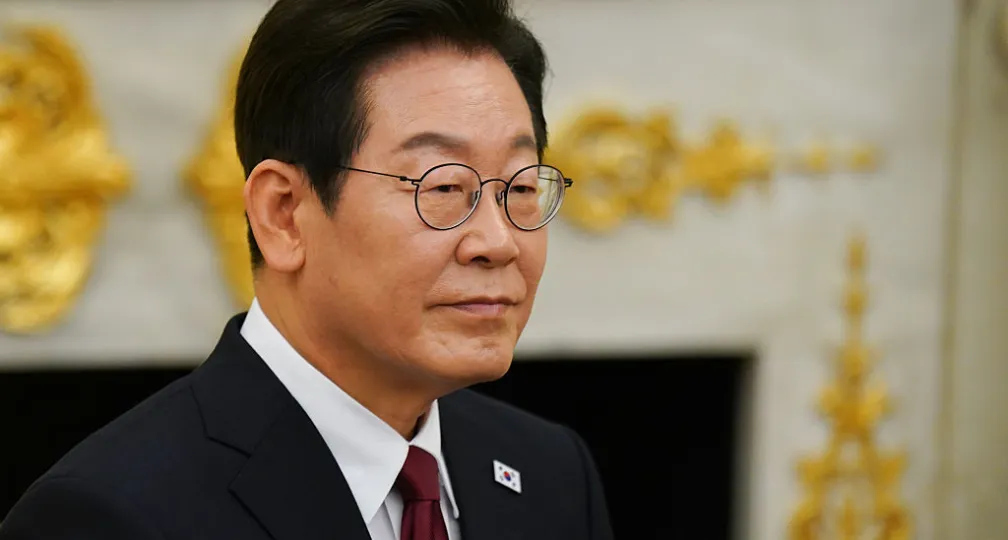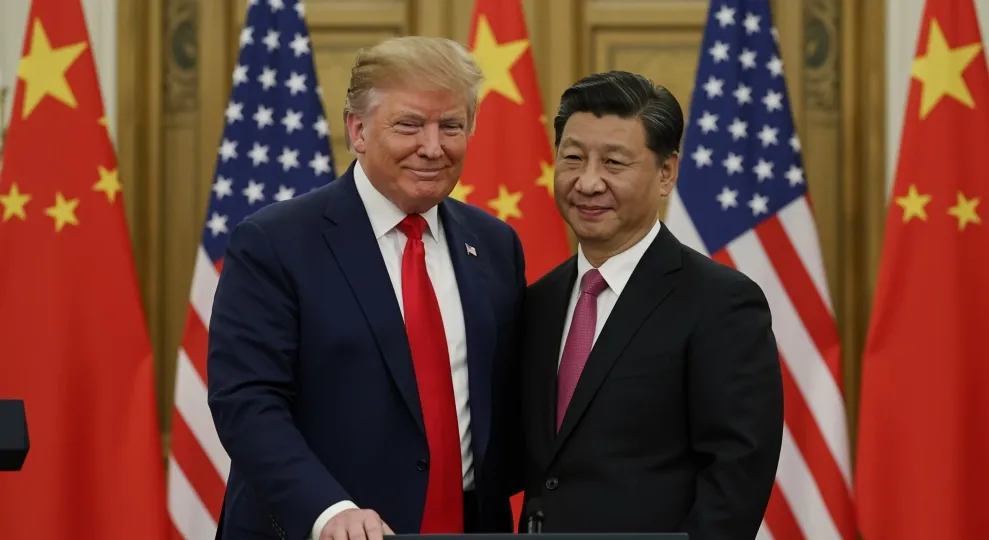Japan needs a full overhaul of its approach to security
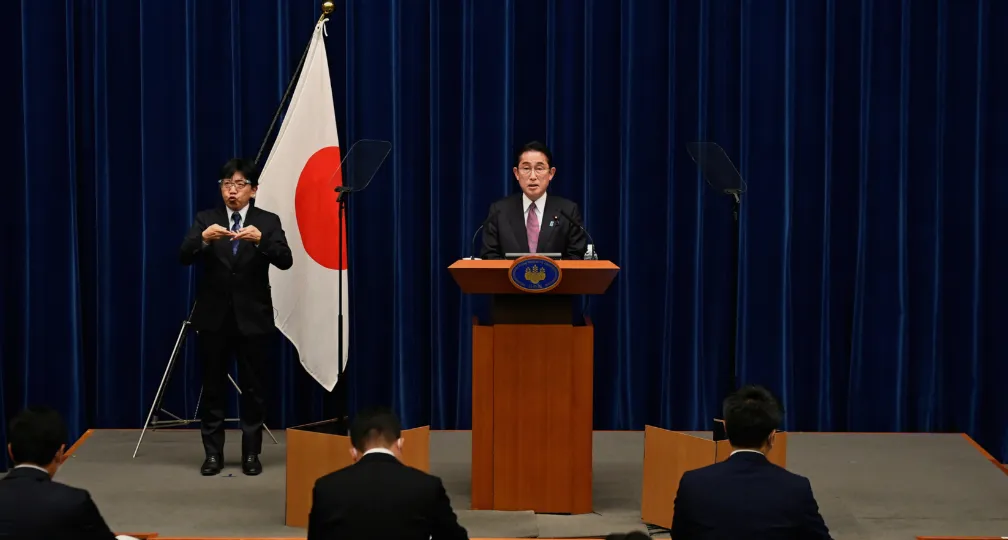
Visiting Professor at the Graduate School of Public Policy, University of Tokyo
Japan recently compiled three new key security-related documents — the National Security Strategy, the National Defense Strategy and the Defense Buildup Program — to strengthen the country’s comprehensive defense capabilities.
The recognition of international situations, policy challenges and projects outlined in the new documents, based on discussions among the ruling Liberal Democratic Party and its coalition partner Komeito, are epoch-making in terms of breadth, depth and magnitude.
To adapt to multifaceted structural changes in the international security environment, Japan will aim at urgently equipping itself with executable cross-sector repelling capabilities and building a functional but limited deterrence in order to realize an integrated national security.
It usually takes a decade to implement the policy agendas and programs outlined in such documents, and further efforts are required to fully materialize these capabilities. Some projects are detailed and given priority with a specific timeline, while others act simply to register an agenda without specifying a direction in which to head.
The latest documents include a variety of unprecedented challenges Japan should work on under the new security environment, taking into account worst-case scenarios.
Therefore, in order for the strategies to actually take shape, the government needs to put in extra effort and take a completely different approach to how it dealt with previous strategies.
Overturning assumptions
While having just unveiled new strategies, Japan should also be aware that there is a possibility it will face incidents that could overturn assumptions made in compiling the documents.
Such incidents in the past include the 2011 Great East Japan Earthquake that occurred right after the government released its 10-year defense strategy in 2010 — known as the National Defense Program Guidelines, the strategy indicated a major shift in defense policy by adopting a “dynamic defense force” aimed at actively deterring probable threats to national security.
Another example was Russia’s annexation of Crimea through hybrid warfare in 2014 immediately after Japan created its first National Security Strategy in 2013 based on the assumption that Tokyo would cooperate strategically with Moscow.
In this sense, it is particularly important to not only evaluate these security documents themselves but also to implement them, examine the results and continue taking measures to quickly rectify deficiencies caused by changes in situations.
The government should not implement projects just because they have been planned and endorsed as high-priority measures.
We must learn from Ukraine’s flexible response to Russia’s invasion.
Ukraine didn’t hesitate to give up previous measures in line with the changes in war situations and came up with new measures or used tools that had been long forgotten.
One of its achievements was combining drones, information and communication technology, and artificial intelligence in creating a situation that changed the traditional concept of air superiority.
For Japan to implement its plans, it is vital to be flexible under the assumption that new premises would be outdated due to further changes of the times.
Being flexible includes fully revising, freezing, speeding up or expanding projects, as well as taking in projects that had not been planned.
At the same time, it is necessary to come to conclusions speedily on registered agenda instead of putting them off, and establish a transparent process to make the projects visible.
In other words, plans should not be something static that puts the brakes on projects or serves as the ultimate goal, but something dynamic that constantly evolves based on the situation.
Recognizing difficulty
In order to establish such a process, the latest security documents include new policies to integrate the government’s responses at high levels and allocate budgets in a timely manner.
In this article, I would like to discuss five measures necessary to effectively implement the strategies, drawing from my own experience at the Defense Ministry and the Cabinet Secretariat.
The first measure is to strengthen “interaction” software for establishing public-private cooperation.
In putting together its latest plans, the government focused on securing resiliency against attacks on Japan through enhancing the foundation of the defense industry, strengthening global supply chains and the infrastructure necessary for national security, and upgrading measures to protect its people.
To realize this, stepping up two-way public-private cooperation is essential, and it is critical to reinforce the software to facilitate the habit of cooperation.
Specifically, a system should be established to enable the government to actively communicate its policies with the public and share information including sensitive data among relevant entities. The government must also check and demonstrate Japan’s security capabilities as a whole through all-out efforts such as nurturing national security awareness among the people and holding regular drills and periodical seminars.
If such software is established, it will help push forward the interaction of all national security related projects and data-sharing between the public and private sectors, and will enable appropriate management of information according to different needs and classification under a unified method.
The second measure involves establishing an “improvisation” mechanism to review plans and projects flexibly in accordance with the changing environment.
In order to overcome the constraints of the single-year budget system and to adapt to accelerating changes in the international security environment, it is important for the government to implement plans flexibly and speedily.
Possible measures include raising the goals of research and development and expanding assistance for risky but highly advanced research; utilizing incentives to speed up progress in projects; flexible allocation of budgets to realize defense buildup in targeted and focused areas; flexible use of defense-related funds; and simplifying accounting procedures.
The government should present some guidelines at the National Security Council to implement such measures to make the most of the comprehensive national power and execute budgets in a flexible manner, including adding, suspending, postponing or rearranging plans, taking into account the significance, urgency and the size of the costs of each plan and project.
By taking such steps in peacetime, it will become easier for the country as a whole to prepare for contingencies.
Thirdly, it is necessary to create an “integration” scheme to make all related projects visible.
In order to effectively secure planning collaboration within the government and also with the private sector, it is vital to share the content of projects and data in an integrated manner so that national security factors and the lack of such factors can be highlighted and identified.
This plan should be applied to all relevant areas, not limited to “research and development, public infrastructure, cybersecurity and international cooperation” as specified in the new national security strategy.
Those involved in national security should study and propose measures that will become necessary in specific contingencies to be discussed by different ministries.
It is also necessary to create a system or mindset that encourages each ministry to proactively make a list of issues in as many areas as possible so that there will be integration of efforts among ministries. This will enable two-way inclusion of the projects — what kind of measures should be taken by the government and what kind of information/data and projects should be shared with other organizations.
The government should avoid concentrating on certain projects that stand out and managing them as national-security projects, and instead pay attention to inconspicuous projects from related ministries to realize coordinated integration.
In order to do so, a unified information and project management method needs to be established to clearly demonstrate the goals, objectives and the target time for each project so that the governance for each project is enhanced beyond different departments.
In this way, projects will become visible and the relationship between different projects, how to combine them and accelerate the pace of implementation, and the differences in costs and elements that are lacking or need to be fixed are likely to become clear.
The fourth measure is to promote “international cooperation” by establishing a 24/7 information sharing and policy coordination system.
International cooperation — bilateral, multilateral, regional and with allies — is indispensable to implement strategies effectively.
In addition to constructing frameworks focusing on individual areas or specific issues that arise, it is important to build a cross-sector international cooperation framework in peacetime.
Japan needs to pursue comprehensive national security beyond national borders and promote international cooperation and integration. The ability to cooperate as a whole is increasingly important and is being tested under the new structural changes in dealing with diversified challenges with more complicated links.
In particular, to deter countries from challenging the international order, it is necessary to have a place and a system between governments — between Japan and the United States, within the Indo-Pacific region including the Association of Southeast Asian Nations, as well as with the European Union and NATO and other European countries — to share information 24/7 and implement and coordinate policies flexibly across different fields.
The fifth initiative is to build an “implementation” mechanism to carry out government plans strategically and flexibly.
Efforts should be made within the government and also in cooperation with think tanks and experts to create a mechanism to integrate, implement, review and propose plans.
They should be asked to regularly access the implementation of plans, the government’s response to changes in situations, its achievements and the need to take emergency actions, and put together reports including recommendations.
This should be on the premise that the government presents action items for each plan comprehensively together with a targeted timeline.
By doing so, the transparency of each plan will be secured for the public, media organizations, research institutions and nonprofits, leading to greater public awareness and shared knowledge.
It will also provide the government with opportunities to receive information and requests from the private sector as well as gaining their understanding over flexible implementation and changes to plans.
Postwar security
These five measures are the minimum requirements for Japan to survive a security environment “as severe and complex as it has ever been since the end of World War II,” as described in the new National Security Strategy.
The measures will surely contribute to the integration of all information to predict the situation, enabling an agile and strategic adaptation to changes, and working persistently to implement, assess and upgrade plans.
It is important for Japan to gather all the resources related to national security and to take the initiative to actively address the international environment. It is also necessary to urgently build up hardware and software to respond to cases in which deterrence doesn’t work and to strengthen medium- and long-term national power.
(Photo Credit: Reuters / Aflo)

Geoeconomic Briefing
Geoeconomic Briefing is a series featuring researchers at the IOG focused on Japan’s challenges in that field. It also provides analyses of the state of the world and trade risks, as well as technological and industrial structures (Editor-in-chief: Dr. Kazuto Suzuki, Director, Institute of Geoeconomics (IOG); Professor, The University of Tokyo).
Disclaimer: The opinions expressed in Geoeconomic Briefing do not necessarily reflect those of the International House of Japan, Asia Pacific Initiative (API), the Institute of Geoeconomics (IOG) or any other organizations to which the author belongs.
-
 Is China Guardian of the ‘Postwar International Order’?2025.12.17
Is China Guardian of the ‘Postwar International Order’?2025.12.17 -
 Japan-India Defense in a Fragmenting Indo-Pacific2025.12.10
Japan-India Defense in a Fragmenting Indo-Pacific2025.12.10 -
 The “Economic Security is National Security” Strategy2025.12.09
The “Economic Security is National Security” Strategy2025.12.09 -
 India - Japan: The Glimpse of a Shared Vision2025.12.05
India - Japan: The Glimpse of a Shared Vision2025.12.05 -
 Beijing’s ‘Globalist’ Agenda Under Trump 2.02025.12.01
Beijing’s ‘Globalist’ Agenda Under Trump 2.02025.12.01
 Event Report: The Trump Tariffs and Their Impact on the Japanese Economy2025.11.25
Event Report: The Trump Tariffs and Their Impact on the Japanese Economy2025.11.25 The “Economic Security is National Security” Strategy2025.12.09
The “Economic Security is National Security” Strategy2025.12.09 The Real Significance of Trump’s Asia Trip2025.11.14
The Real Significance of Trump’s Asia Trip2025.11.14 The long road to a South Korea-U.S. trade deal2025.11.26
The long road to a South Korea-U.S. trade deal2025.11.26 The Tyranny of Geography: Okinawa in the era of great power competition2024.02.09
The Tyranny of Geography: Okinawa in the era of great power competition2024.02.09






